Brussels – Tomorrow, Germany will vote in what looks like the least “German” elections in the country’s recent history. Once considered an emblem of political stability, Europe’s economic locomotive—in the doldrums for two years—now faces a strong fragmentation compared to its traditional political history, essentially based on the confrontation between centrists and social democrats, with the nationalist ultra-right on the rise and the radical left regaining ground, while the liberal centre is in danger of evaporating.
On Sunday, February 23, voters will go to the polls to renew the Bundestag, the lower house of the Berlin legislature. After reviewing the issues at the heart of the campaign, Eunews brings you an analysis of trends affecting Germany’s major parties.
The next Bundeskanzler
There is no doubt that the so-called Union parties will emerge victorious from the ballot box: the Christian Democratic Union (Christlich Demokratische Union Deutschlands, CDU) and its Bavarian twin, the Christian-Social Union (Christlich-Soziale Union in Bayern, CSU). Polls in hand, the Union has around 30 per cent of support, in a 28 to 32 per cent range depending on the surveys. Therefore, it is basically guaranteed that the next federal chancellor (Bundeskanzler) will be Friedrich Merz, the leader of the CDU, who was led by Angela Merkel.
During the latter’s 16-year “reign” (from 2005 to 2021) and marked by a centrist positioning of the party, Merz (whose vision is decidedly more conservative) stepped away from politics to focus on law practice (with a switch to BlackRock between 2016 and 2020). He rejoined the Cdu scene in 2018, when “Mutti” announced her retirement but preferred Annegret Kramp-Karrenbauer for the succession. In 2020, he again lost the duel at the top of the party to Armin Laschet, who, however, resigned in December 2021 following the election defeat that condemned the Union to opposition in the legislature that is about to end.
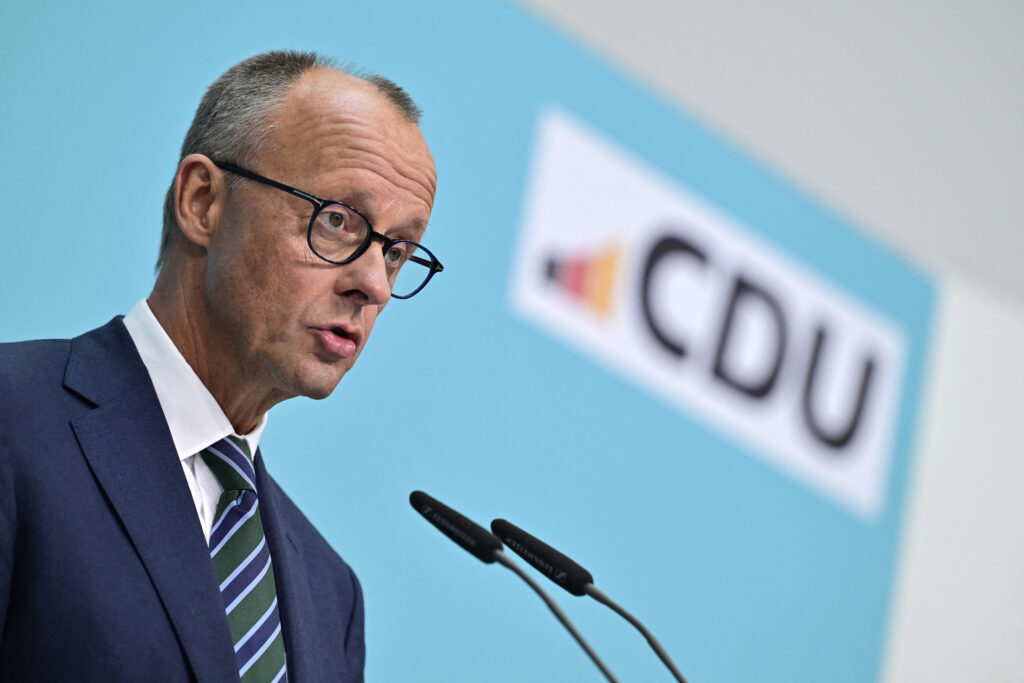
At that point, Merz takes over the helm. Under the leadership of the 69-year-old from Brilon, the CDU underwent a profound transformation, abandoning traditional Christian Democratic positions and moving decisively to the right, especially on the issue of immigration. It was a strategy that ended up at the centre of controversy in late January, when the future chancellor came forward and, taking a big political risk, tried to play hand-in-hand with the xenophobic ultra-right to get the Bundestag to pass a bill that would restrict illegal immigration. That attempt later failed by a handful of votes, but Merz’s move caused an earthquake in German public opinion provoking a massive street mobilization, with participatory marches protesting the collapse of the so-called “cordon sanitaire” (Brandmauer) and the centrist consensus in Berlin.
The collapse of the Social Democrats
A veritable debacle awaits instead the Social Democrats of the SPD (Sozialdemokratische Partei Deutschlands), who are going for the worst result in a national election since World War II. After coming in first (narrowly) four years ago with 25.7 per cent, the party of outgoing Chancellor Olaf Scholz is now between 15 and 16 per cent of the vote, which will result in an inglorious third place for Germany’s oldest political force.
Socialists are paying for the less-than-stellar experience of the “semaphore coalition” (composed of the SPD, the Greens, and the FDP liberals) that has ruled the country since 2021. Its member parties spent much of the time bickering over what measures to take, mainly because of differences in views between the progressive partners and the liberals, inhibiting executive action. Until the table was broken when, in early November, the FDP pulled out effectively pulling the plug on the coalition.
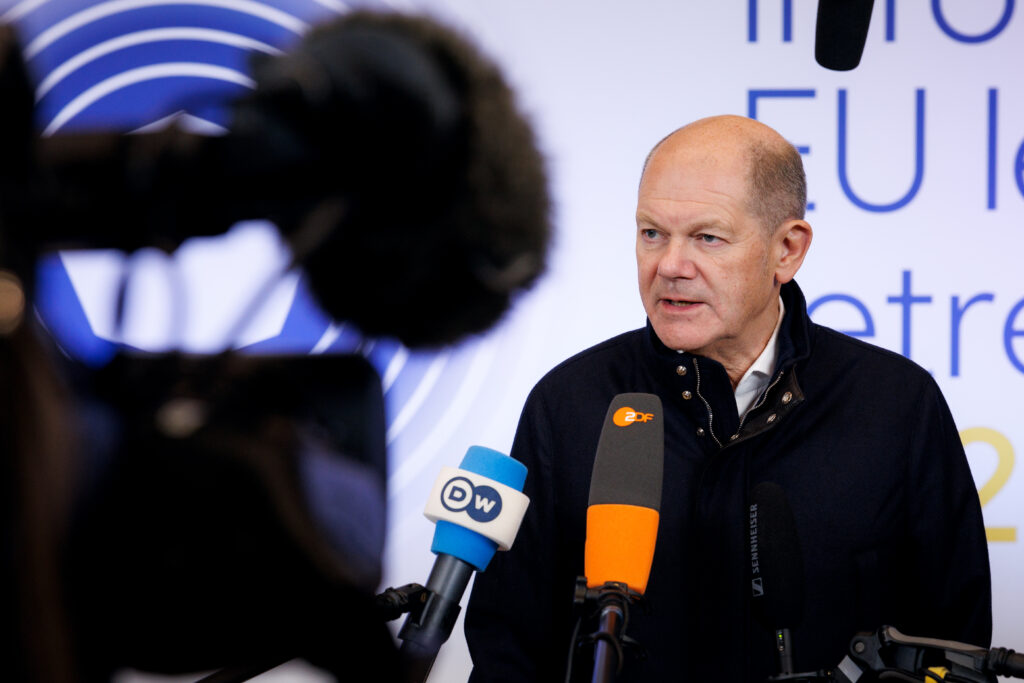
The SPD is also going through a deep leadership crisis. Scholz has lost much of the personal political capital he had when he took office, and currently, only 17 per cent of voters would like it to stay in the chancellorship (compared with 33 per cent who would like Merz and 24 per cent who would prefer the environmentalist candidate Robert Habeck).
For a short time, the option of replacing Scholz with Boris Pistorius as chancellor candidate seemed to have gained momentum. The outgoing defence minister has long been the politician with the highest personal approval rating in Germany (steadily above 50 per cent) but stepped aside, withdrawing from the race. According to analysts, Pistorius’s popularity stems at least in part from the outspoken positions he has taken in favour of Ukraine, while Scholz, on the contrary, has often hesitated about providing support to Kyiv.
The sprint of the ultra-right
However, beyond the performance of the two largest parties in the German mainstream, the indisputable political fact of this election round will be the sprint of the post-Nazi ultra-right of Alternative für Deutschland (AfD). The party led by Alice Weidel (nominated as the candidate for chancellor in mid-January) and Tino Chrupalla is credited with 20–21 per cent of support: a historic record that would lead it to come second for the first time since it was founded in 2013.
The ultranationalist and pro-Russian has long been in the crosshairs formation of the Civilian Intelligence Service (BFV) as a “suspected right-wing extremist organization.” If the investigation is successful, it should be banned as unconstitutional (although this scenario is riddled with a number of both legal and political problems).
The AfD’s main workhorse is its tough stance on immigration (from “remigration” plans to leaflets advocating the deportation of illegal immigrants), which has become a hot topic in the election campaign following a series of deadly attacks in the country in recent months. Moreover, intransigence on the issue of reception and border control has also made inroads at the centre of the political spectrum, resulting in a generalised tightening of positions for all parties with the sole exception of the radical left.
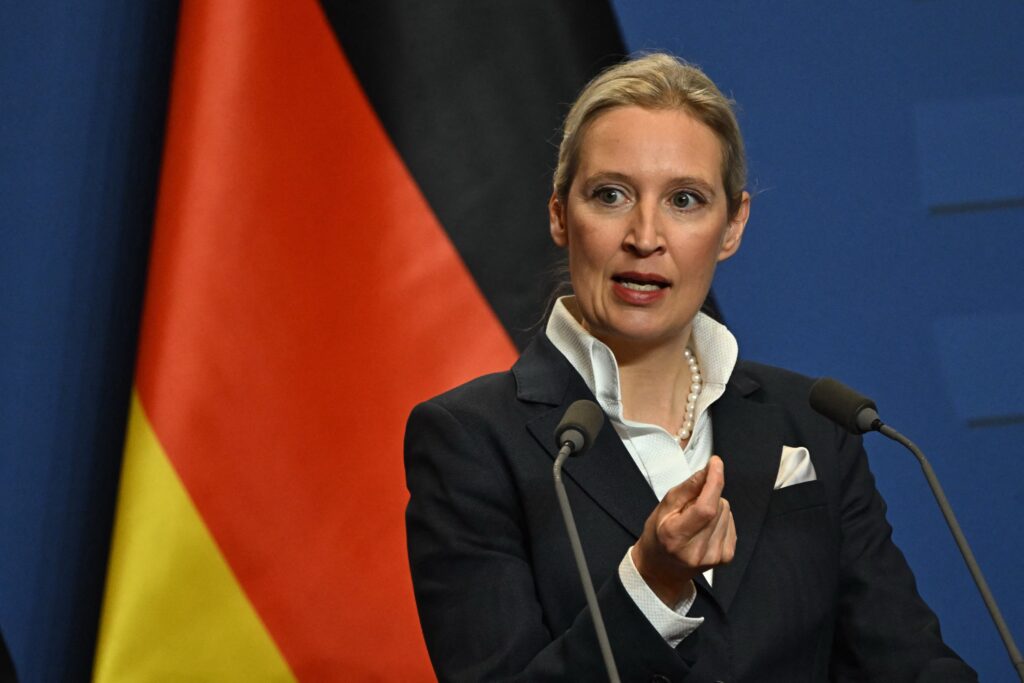
Recently, the xenophobic and nativist formation seems to have managed to shake off the image of “pariah”, ending up being legitimised both domestically and abroad. In addition to the aforementioned move by Merz, which opened a breach in the Brandmauer through which the ultra-right had been excluded for 80 years from the ranks of parties with which it was acceptable to cooperate at the Bundestag (although in regional governments the AfD already cooperates with the CDU in several Länder), Weidel & Co. have been incensed by several figures in the new U.S. administration.
Donald Trump‘s right-hand man, the “techno-oligarch” Elon Musk (who performed a double Nazi salute at his boss’s inauguration just a month ago), publicly stated that “only the AfD can save Germany” and then peeped in via video link to a party election rally claiming among other things that Germany “must move beyond” guilt over the horrors of Hitler’s dictatorship. Last week, U.S. Vice President James David Vance urged European leaders to abandon the practice of cordons sanitaire (described as undemocratic) before engaging in a bilateral with Weidel (simultaneously refusing to meet with Scholz).
But the AfD is also gaining credibility in Europe. Hungarian Prime Minister Viktor Orbán greeted Weidel in Budapest a few days ago, declaring that the young woman embodies “the future of Germany.” And according to rumours, the party’s delegation to the EU Parliament may soon rejoin the Patriots. The last word will be up to the lepenists of the Rassemblement national, who had expelled the Germans from the previous far-right group in Strasbourg, Identity and Democracy.
The green wave undertow
According to projections, the wooden medal will go to the Greens (Bündnis 90/Die Grünen), the junior partner of Scholz’s current minority government. After racking up nearly 15 per cent in the past legislative elections (an all-time high in federal consultations), the ecologists are now around 13–14 per cent. In November, the party chose as the candidate for the role of head of the executive the outgoing vice chancellor and Minister of Economy Robert Habeck, one of the best-known faces of the Grünen, along with the current foreign minister, Annalena Baerbock.
The environmentalist’s Spitzenkandidat ended up on the gridiron during his tenure in government for what critics denounce as an ideological approach to the climate transition, neglectful of both the social costs to the most disadvantaged segments of the population and the economic costs to the business community.
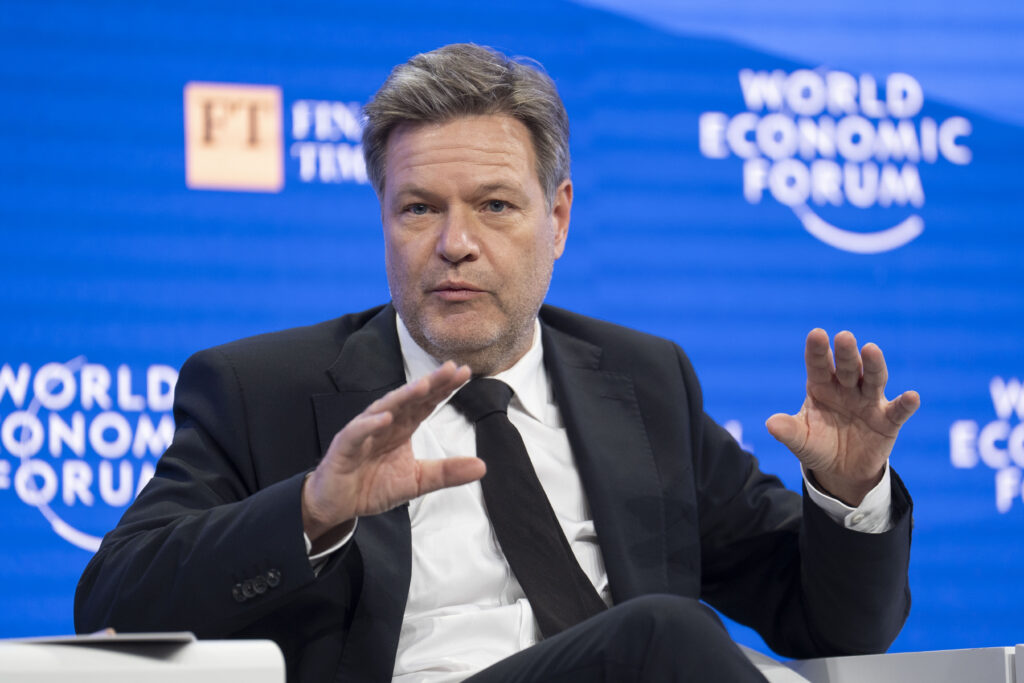
But after the exploit of the Greens at the 2019 Europeans (when they grossed 20.5 per cent), their political proposals now seem to have gone out of fashion. Accomplices also are a series of exogenous shocks, from the large-scale invasion of Ukraine to the uncontrolled rise in energy prices, from the inflationary spiral to the recession that has gripped the country for a couple of years now (partly due to the deep crisis in its automotive sector). And the tombstone on the green deal made in Germany seems destined to be put there by Merz himself.
The resurrection of the Left?
Another interesting trend that has emerged in recent weeks is the apparent “resurrection” of Die Linke. The party of the radical left was given moribund for some time, so much so that many pollsters did not think it was capable of crossing the 5 per cent mark. Also weighing on the decline in popularity had been the exit of Sahra Wagenknecht, one of the formation’s best-known faces, in the fall of 2023. Yet, after a long desert crossing, the Linke has suddenly returned to centre stage thanks to a surge in membership and approval ratings, especially among the younger electorate. Leading this upswing were the two leading candidates, Heidi Reichinnek and Jan van Aken. Reichinnek, who has a significant presence on social media, is the group leader at the Bundestag, and she got noticed by the general public when she harshly attacked Merz for his flirtation with the AfD.
Merz committed an unprecedented breach of taboo in the Bundestag today and effectively opened the door to power for the AfD.
After today, everyone in the country knows that the CDU cannot be relied on to keep the AfD out of power.
But the firewall… pic.twitter.com/5Vb9yI2fLB
– The Left in the Bundestag (@dielinkebt) January 29, 2025
The two have breathed new life into the party through the so-called “Operation Silver Hair.” A reinvigorated political message—focusing mainly on anti-fascism, combating climate change, the rising cost of living, and pacifism—but without Renzian-style “scrapping.” On the contrary, some of the Left’s historic and most recognisable figures were brought back to the forefront. The outcome of this strategy (and of the end of infighting after Wagenknecht’s departure) was a leap in support, from around 4.5 per cent to a 6–9 per cent range.
A risk of exclusion
We finally find two smaller parties in the (at least potential) relegation zone. The liberal-conservatives of the FDP (Freie Demokratische Partei), whose candidate is former Finance Minister Christian Lindner, are in free fall because of the toxic experience in the semaphore coalition, which imploded precisely because of disagreements on budgetary matters between the neoliberals and the two centre-left partners.
Lindner’s party is a historic ally of German business. In this very short (and equally tense) election campaign, it presented itself as an alternative to the former ecologist government cronies. The FDP’s classic political platform is that of the minimum state (fewer taxes, less bureaucracy, free market). Still, it seems that not even Lindner’s flag-waving back to basics will be enough to get him over the mark as the most flattering projections give him at most 4.5 per cent.
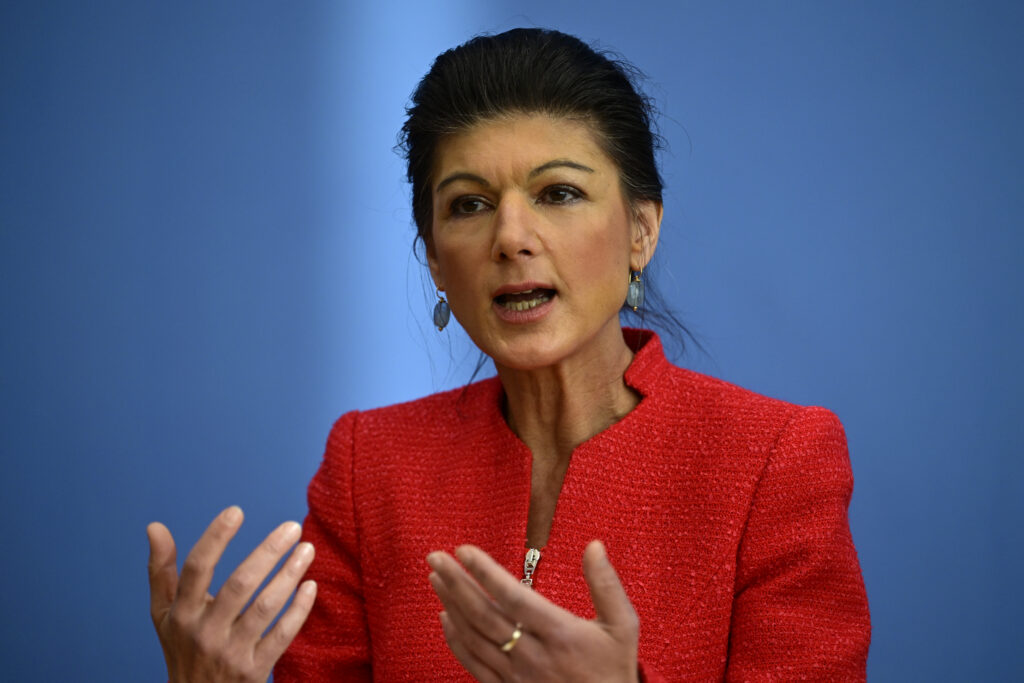
Bsw leader Sahra Wagenknecht (photo: John Macdougall/Afp)
Finally, on the far left end of the political spectrum is the personal party created by Sahra Wagenknecht as a rib of the Linke, the BSW (Bündnis Sahra Wagenknecht). Founded in September 2023 as a movement and institutionalised into a party in January 2024, this formation is considered red-brown (or “conservative leftist”). This is because it combines#some claims of the progressive tradition with other elements typical of the radical right, such as welfare chauvinism and a hard line on immigration. Like the AfD, the BSW favours an approximation of Vladimir Putin’s Russia. But if the red-browns are especially strong in the eastern regions of the former DDR, on a national basis, they too are polled around 4.5 per cent, gambling their entry into parliament on a razor’s edge.
How voting works (and some scenarios)
From a technical viewpoint, the German electoral system is relatively complex, although some changes were introduced in 2023 that partially simplified it. On Sunday, 630 seats will be up for grabs in the Bundestag. Two years ago, this ceiling was set in the reform to prevent the previously variable number of assembly members from increasing too much (there are 736 deputies in the outgoing legislature).
Each voter has two votes available. The first vote (Erststimme) casts a preference for a candidate in his uninominal constituency, one of the 299 into which the country is divided. The second (Zweitstimme) assigns a preference to a party-blocked list. This ensures proportional representation of the various parties, which obtain a number of seats in the House based on their percentage performance over the entire federal territory (proportional principle), but it also ensures that every constituency is represented (majoritarian principle). Of the elected deputies, half are determined with the Erststimme and half with the Zweitstimme.
There is then a 5 per cent bar threshold nationally. There are, however, two exceptions to this rule. One concerns legally recognized minorities (e.g., Denmark’s), while the other applies where a party obtains at least three individual mandates (Direktmandaten) in constituencies: if this happens, the party is entitled to elect representatives based on the percentage obtained with the Zweitstimme without taking into account, precisely, the bar (this is what happened in 2021 with the Linke, which obtained 39 deputies despite stopping at 4.9 percent at the federal level).
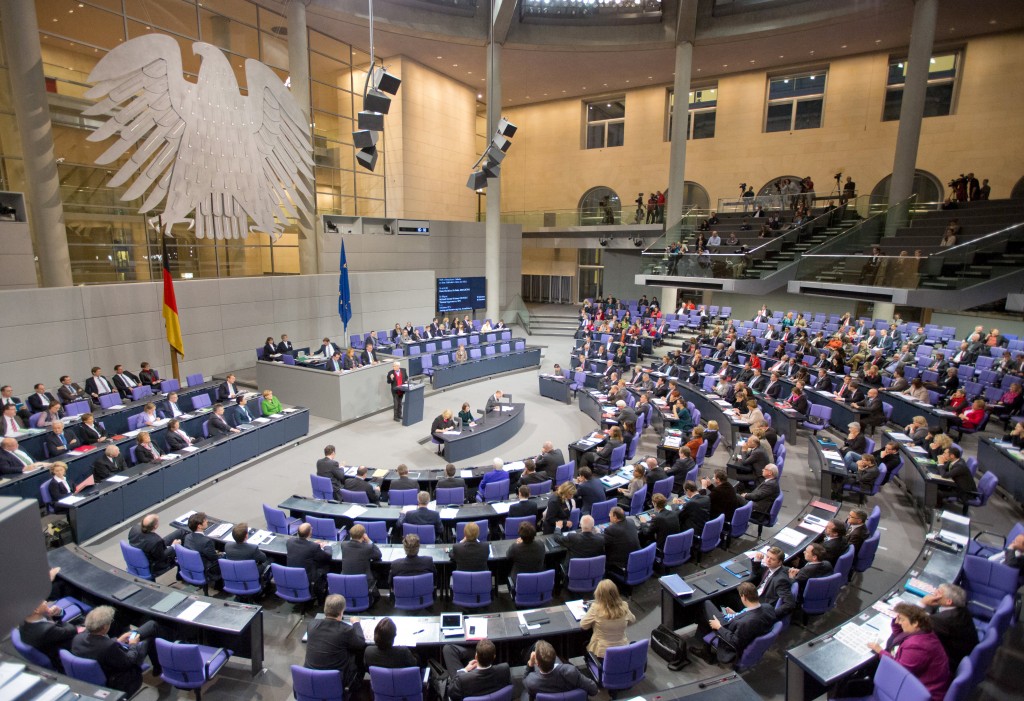
It is a system that incentivises the formation of post-election coalitions traditionally identified by the parties’ colours. Thus, for example, the street-light coalition (the first three-way coalition in German history) included the SPD (red), the FDP (yellow), and the Greens, but the combinations are different (and are sometimes referred to as foreign flags).
Numbers in hand, the options Merz can work on to reach the absolute majority of 316 seats will involve, in addition to the Union, either Scholz’s SPD in the format of the “big coalition” (Große Koalition) of Merkelian memory or Habeck’s Grünen for a black-green alliance (black is the colour of the CDU). At least on paper, for the time being, Merz has excluded wanting to form a coalition with the AfD (which would also offer a larger majority). Its ability to manoeuvre will then be all the greater the worse the results of the parties currently struggling to pass the bar (FDP and BSW).
English version by the Translation Service of Withub









